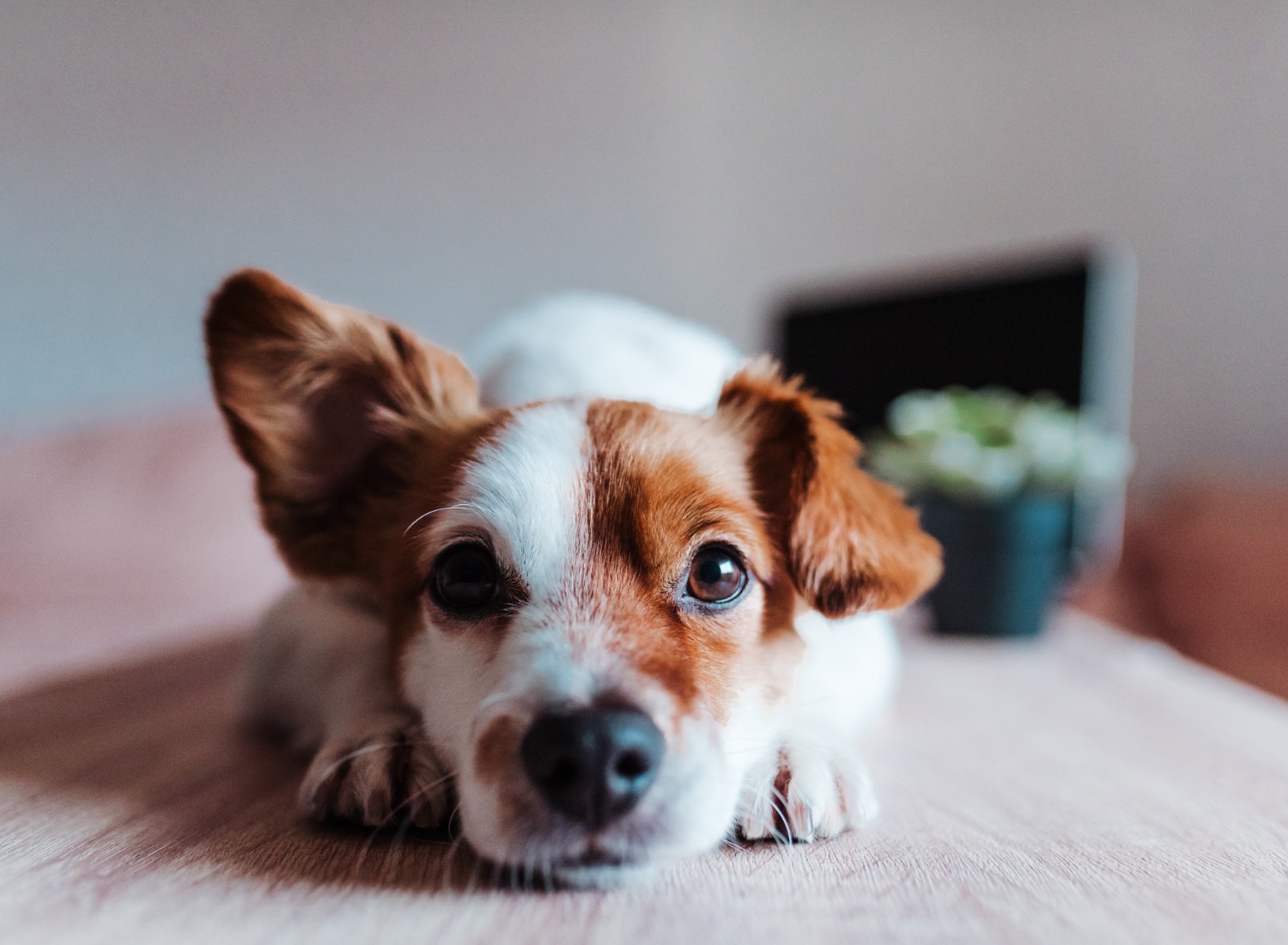Do Your Dog’s Ears Smell? Try These 3 Tricks to Keep Them Healthy

Does your furry friend’s ears sometimes emit an unpleasant odor? If so, we have three fantastic tricks to keep your dog’s ears smelling fresh and healthy. Like humans, dogs need regular ear care to prevent potential issues.
From infections to excessive wax buildup, neglecting your pup’s ears can lead to discomfort and even more serious health problems. With a few simple tips and the right grooming kit, you can easily maintain your dog’s ear hygiene and keep those pesky scents at bay.
The Anatomy of Your Dog’s Ears
The dog’s ear consists of three main parts: the outer ear, the middle ear, and the inner ear. The outer ear includes the earflap, or pinna, and the ear canal, which leads to the eardrum.
The pinna helps direct sound waves into the ear canal, while the ear canal carries the sound waves to the eardrum. The middle ear contains three small bones called ossicles, which transmit sound vibrations to the inner ear. The inner ear houses the cochlea, which converts sound into electrical signals sent to the brain.
Dogs are prone to various ear problems, including infections, allergies, parasites, and mites. These issues can lead to unpleasant odors emanating from the ears.
Why Do Your Dog’s Ears Smell?
A smelly odor from your dog’s ears can indicate an underlying health issue, such as an infection or excessive wax buildup. It’s essential to address these problems promptly to prevent further complications.
Different smells can indicate different problems. A foul odor may suggest an infection, while a yeasty smell could indicate allergies or yeast overgrowth. Understanding these scents can help you determine the best course of action.
If your dog’s ear smell becomes persistently strong, changes in odor, or accompanies other symptoms like redness, swelling, or discharge, we recommend consulting a veterinarian.
The Importance of Ear Hygiene for Dogs
Regular cleaning of your dog’s ears is crucial for maintaining their health. How often you should clean them depends on your dog’s breed, lifestyle, and susceptibility to ear problems. Generally, once a month is sufficient for most dogs.
Neglecting your dog’s ear hygiene can lead to various issues, including infections, discomfort, and a foul smell. Regular cleaning helps prevent dirt, debris, and excess wax buildup.
Gather the necessary supplies to clean your dog’s ears, such as a dog-specific ear cleaner, cotton balls or pads, and treats. Gently lift the earflap, apply the ear cleaner, and massage the base of the ear to loosen any debris. Wipe away the cleaner and debris with the cotton ball. Repeat on the other ear if necessary.
Trick 1: Natural Remedies
A mixture of equal parts white vinegar and water can help naturally clean your dog’s ears. Mix the solution, soak a cotton ball in it, and gently wipe the visible parts of the ear. Avoid inserting anything into the ear canal.
Coconut oil has antimicrobial and anti-inflammatory properties that can help prevent infections and soothe irritated ears. Apply a small amount to a cotton ball and gently wipe the ears’ visible parts.
Herbal ear washes made with natural ingredients like chamomile or calendula can soothe and cleanse your dog’s ears. Follow the product instructions for safe and effective use.
When using natural remedies, it’s important to ensure that you properly dilute the solutions and that your dog has no allergies or sensitivities to the ingredients. If in doubt, consult your veterinarian.
Trick 2: Dietary Adjustments
A balanced and nutritious diet plays a significant role in maintaining your dog’s overall health and ear health. Ensure your dog’s diet includes high-quality protein, healthy fats, and essential nutrients.
Certain foods, such as fish, flaxseeds, and leafy greens, contain omega-3 fatty acids known for their anti-inflammatory properties. These can help reduce the risk of ear infections and alleviate inflammation.
Some dogs are more prone to ear infections, and certain foods can exacerbate this susceptibility. Avoid feeding your dog foods high in carbohydrates or allergenic ingredients that may trigger ear issues.
When transitioning your dog to a new diet, do it gradually over a week or two to avoid digestive upset. Start by mixing a small portion of the new food with their current food, gradually increasing the new food’s portion.
Trick 3: Check-ups and Prevention
Regular vet check-ups are essential for maintaining your dog’s overall health, including their ears. Your veterinarian can examine your dog’s ears, identify potential issues early on, and provide appropriate preventive care.
Knowing the signs of ear problems can help you catch issues early and seek veterinary care promptly. Watch for symptoms such as excessive scratching, head shaking, redness, swelling, or discharge from the ears.
Besides regular cleaning and vet check-ups, you can take other preventive measures to keep your dog’s ears healthy. These include keeping their ears dry, avoiding excessive moisture, and investing in a grooming kit for dogs to help remove foreign objects.
Final Note!
Caring for your dog’s ears is crucial to their overall health and well-being. Following these tricks and guidelines ensures that your dog’s ears stay healthy, odor-free, and comfortable. Remember, a little care goes a long way in keeping your furry friend happy and healthy.
Your Pet’s Best Interest, Always
At Pet Institute, we take pet care seriously. We're dedicated to transparency, impartiality, and the well-being of your pets in every article, review, and recommendation we provide. Our unwavering commitment to these principles ensures that you, our valued reader, always receive reliable and unbiased information. Let us be your trusted guide in the world of pet care and companionship.